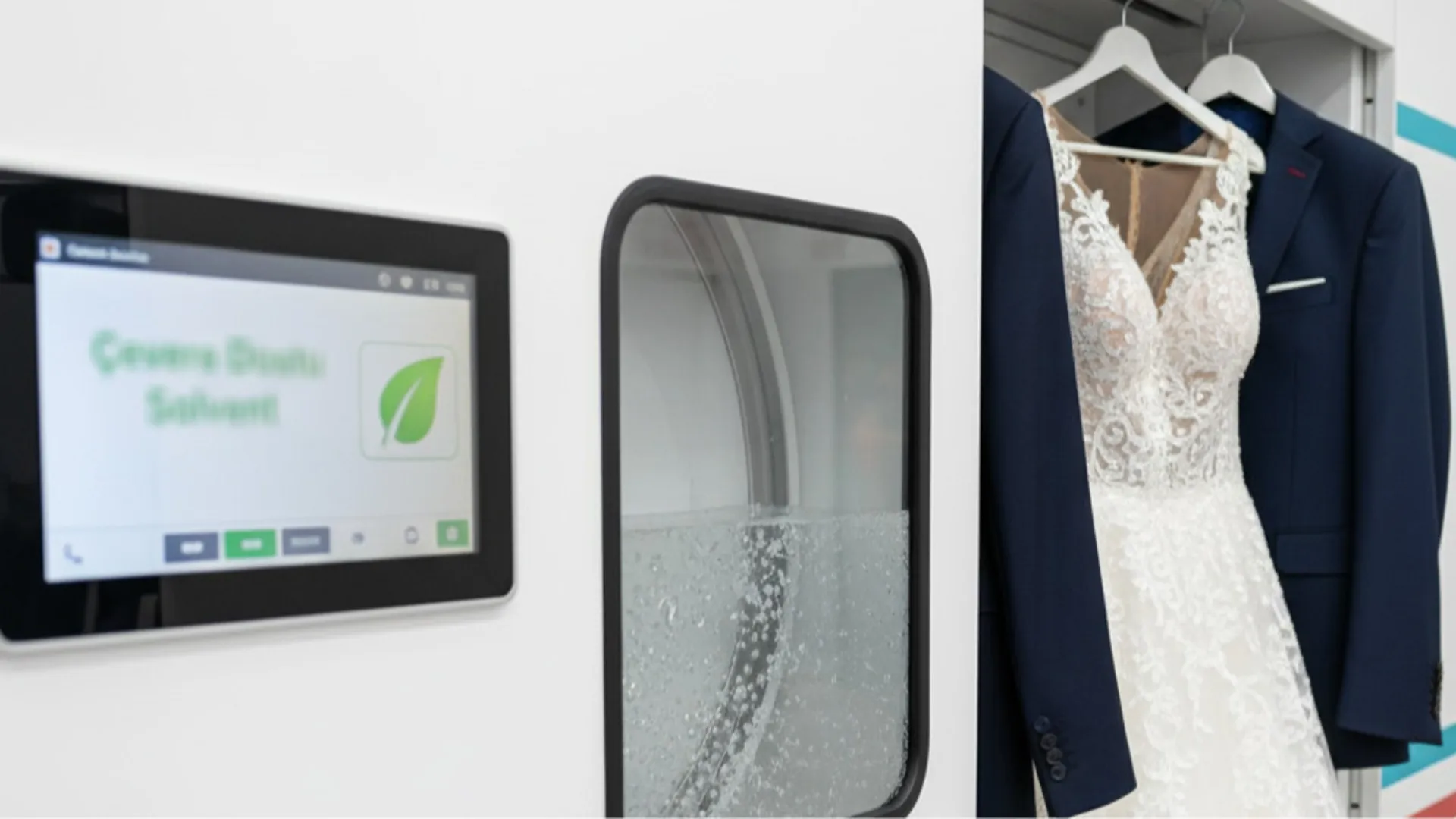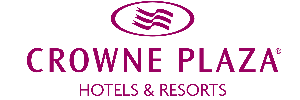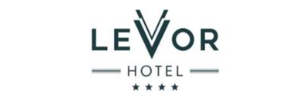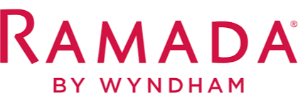Coordinating curtain washing, stain removal, and ironing processes enhances textile care standards for institutions. Recommendations cover cost-efficient process design, safety compliance, supplier evaluation, and brand reputation management. Operational improvements aligned with sustainability goals are outlined, emphasizing the integration of eco-friendly dry-cleaning practices through waste management, recovery technologies, and staff training programs.
Eco-Friendly Dry Cleaning Methods and the Importance of Solvent Selection
For corporate operations, solvent selection is a strategic factor affecting performance and sustainability. Proper solvent choices protect textile integrity and reduce long-term maintenance costs. Environmentally friendly dry-cleaning solutions contribute directly to sustainability reports while preserving fabric quality. Key factors include solvent recovery efficiency, low volatility, and reduced toxicity. Suit, gown, curtain, and delicate garment cleaning must undergo color, texture, and seam strength tests. Proper solvent combinations improve ironing results and minimize reprocessing. Supplier competence, certifications, and performance monitoring should be integral to protocol design. Investing in eco-aligned equipment and training ensures regulatory compliance, brand protection, and operational continuity.
Comparing Perchloroethylene and Hydrocarbon Solvents in Dry Cleaning
The choice between perchloroethylene (PCE) and hydrocarbon-based solvents depends on business priorities and risk management. PCE offers strong cleaning power but requires stricter waste management, while hydrocarbon solvents provide safer profiles with specific oil-stain advantages. Each alternative must undergo risk-benefit evaluation for fabric compatibility, mechanical impact, and environmental safety. Preference should be given to low-toxicity, recoverable solvents. Laboratory and field tests validate color retention and stitch durability. Written protocols, training, and supplier certification minimize operational risks and maintain cleaning efficiency. Environmentally responsible solvent use supports both cost control and corporate sustainability.
Professional Dry Cleaning Difference: Chemical Balance and Fabric Protection
Maintaining chemical balance is vital to fabric performance and cost control. Evaluating criteria in professional services minimizes solvent residue risks and ensures fiber durability in delicate garments. Institutions should compare solvent stability, recovery efficiency, and waste management. Curtain washing and stain removal protocols must align with fabric compatibility. Post-ironing appearance quality depends on solvent precision. Quality assurance and eco-compliance audits should be contractual. Documented procedures, regular reporting, and supplier evaluations strengthen regulatory alignment and sustainability objectives.
Extending Fabric Life with Industrial Dry Cleaning Advantages
Industrial dry-cleaning systems with solvent recovery, dosing automation, and closed loops extend textile life and reduce reprocessing needs. Eco-friendly methods prevent color fading and fiber fatigue while maintaining professional-grade consistency. Standardized protocols and quality control metrics ensure process reliability. Partnerships with professional laundries support continuous improvement, meeting environmental and operational goals. Integrating sustainable methods enhances both efficiency and cost discipline.
The Role of Solvents in Textile Hygiene Standards
Solvents play a pivotal role in hygiene and textile protection. Hydrocarbon-based agents dissolve specific soils effectively but require emission control and waste management. Eco-friendly dry-cleaning methods prioritize solvent recovery, low toxicity, and proper disposal. Each solvent must be tested for fiber and dye impact, especially in gown and curtain care. Accurate solvent combinations protect surface quality after ironing, reducing rework rates. Certified professional laundries ensure safe, compliant, and efficient operations. Continuous solvent monitoring and hygiene protocol audits maintain high textile care standards.
























